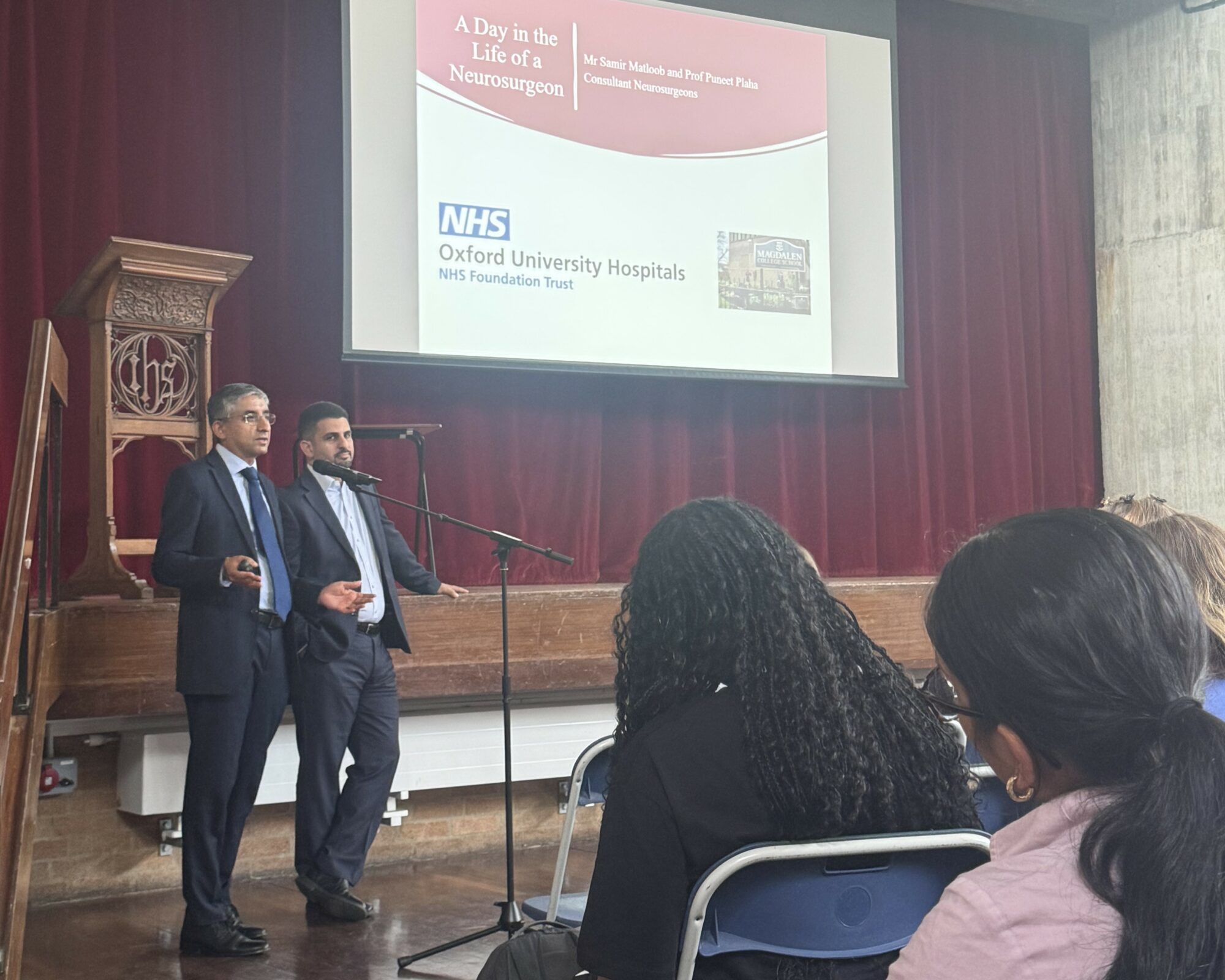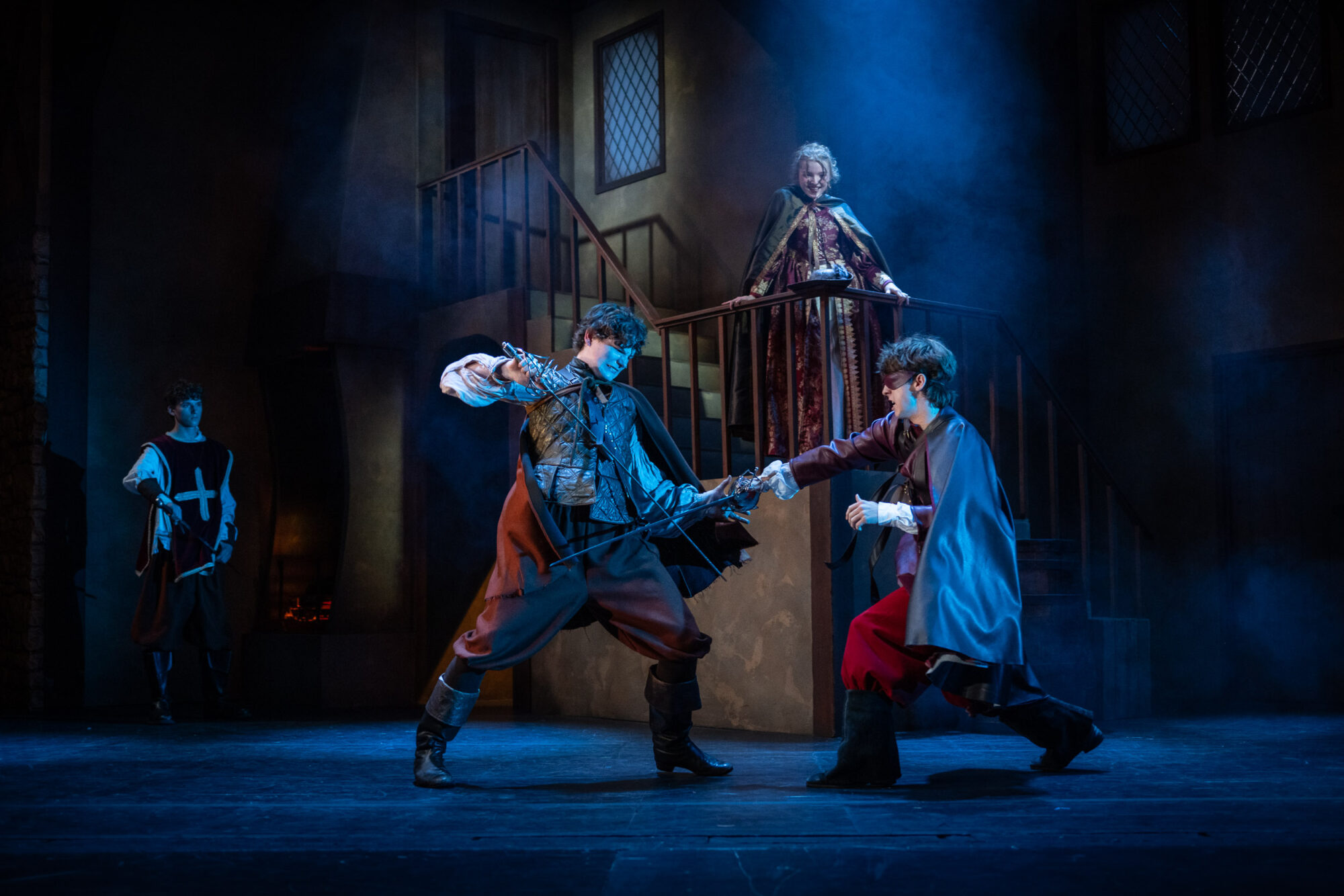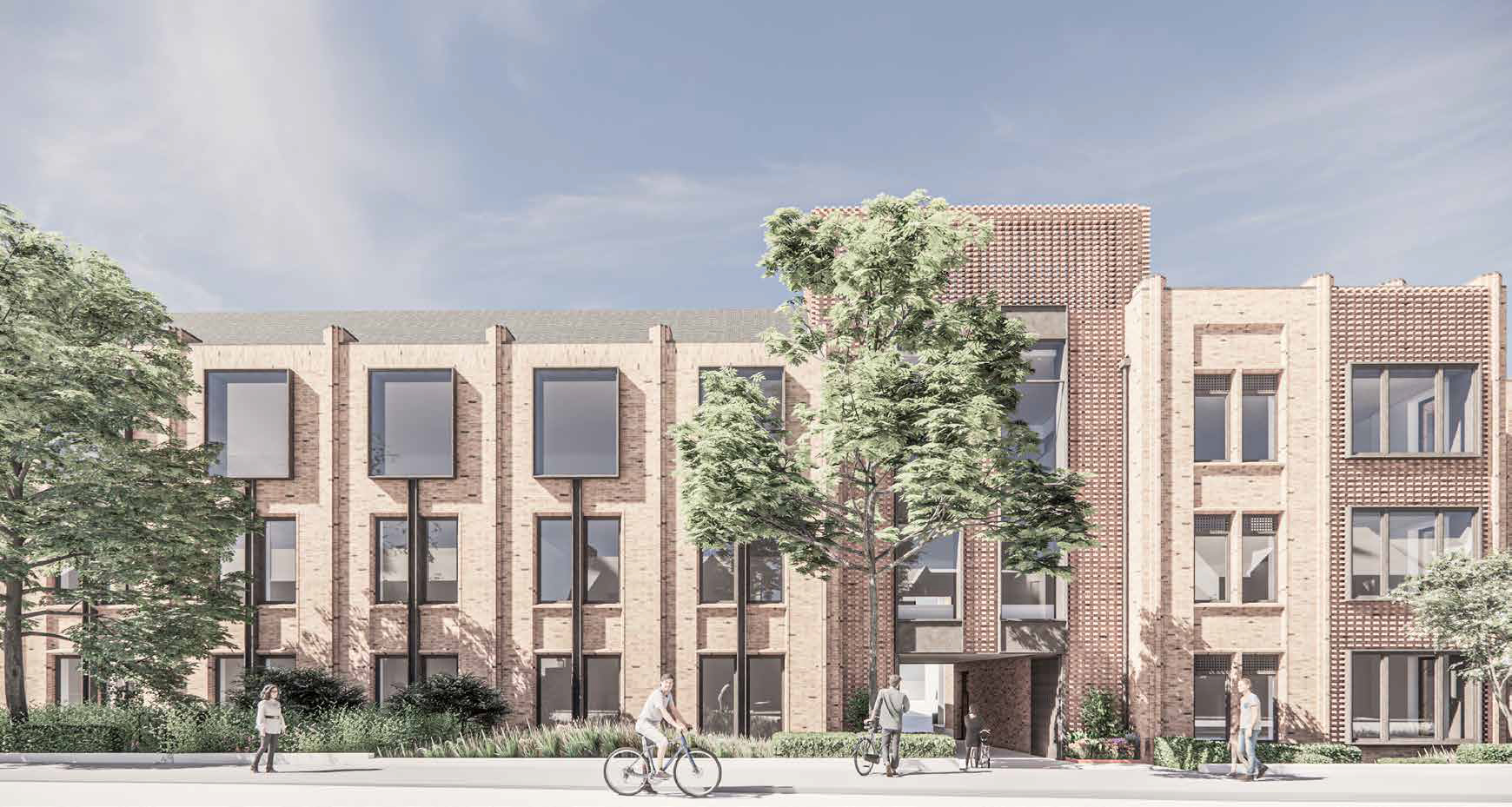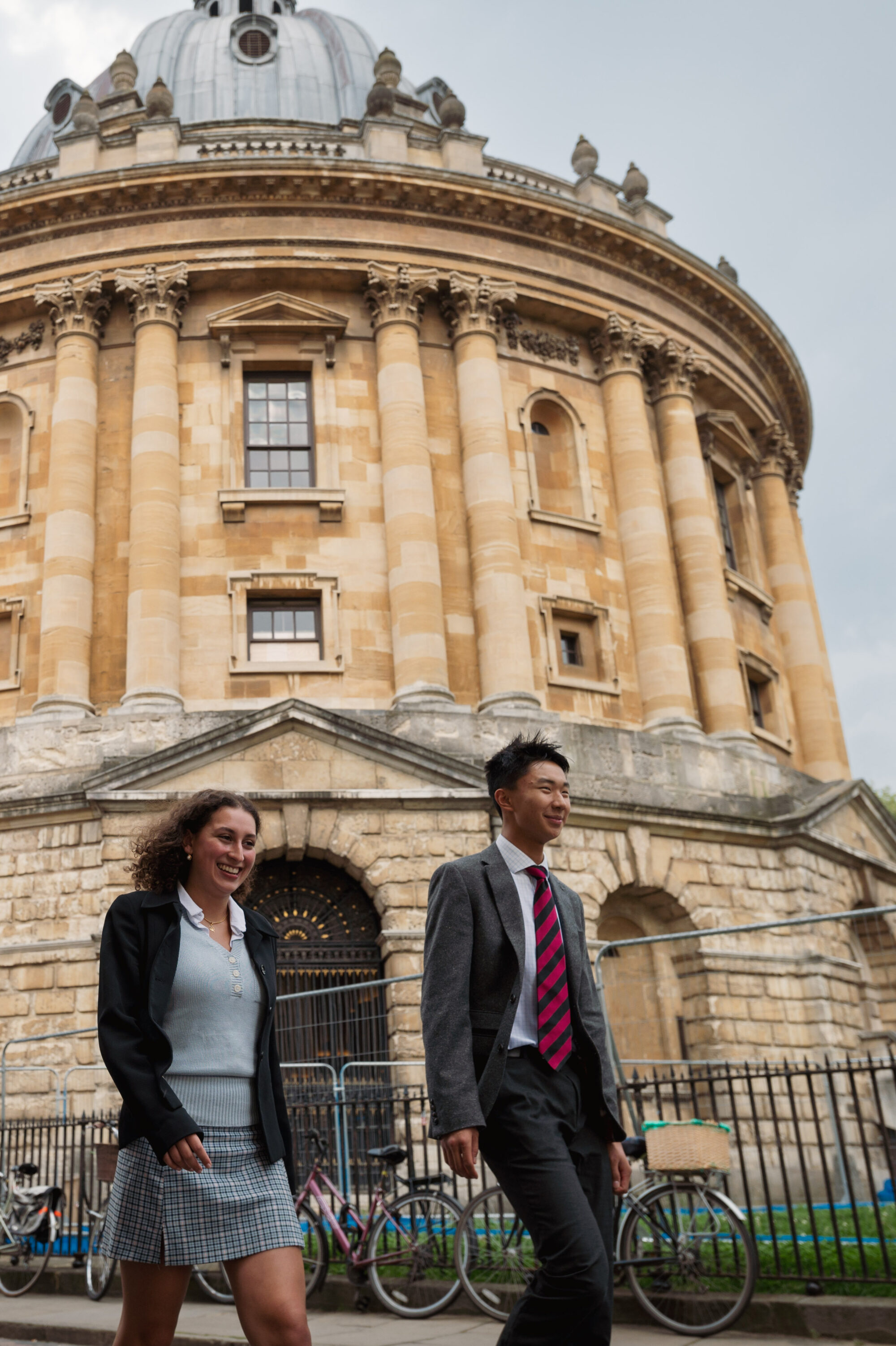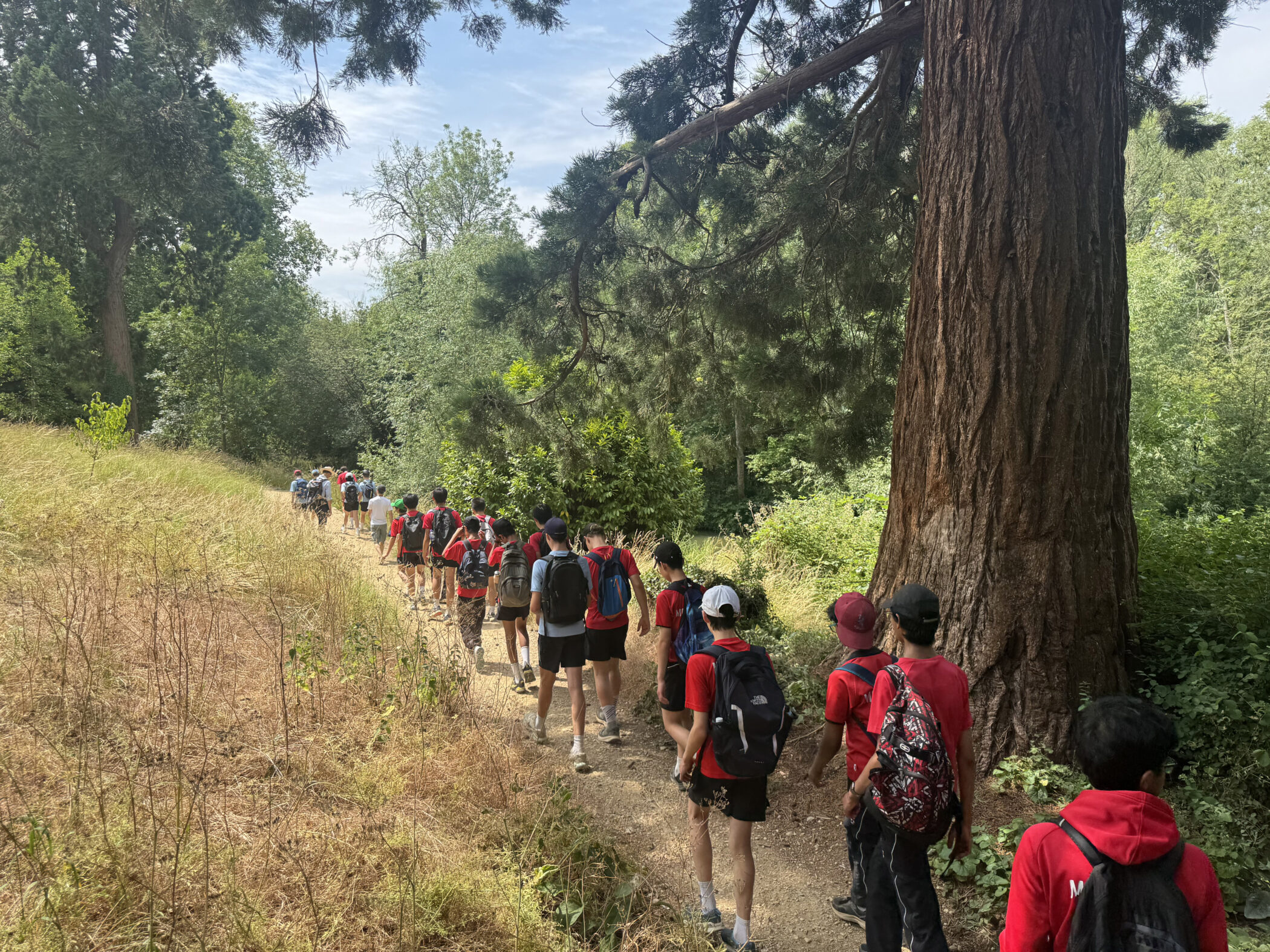MCS was informed by his friend Robin Winstone that Hugh passed away peacefully on 30 May 2018, aged 96.
A fellow OW and long-time friend later wrote:
In April 1949, Hugh, then aged 27, a veteran of the Second World War and on board the frigate HMS Amethyst, found himself sailing up the Yangtze River. Their intended destination was Nanking. They never arrived. She became embroiled in the Chinese Civil War and was fired upon by the Chinese Communists and, in endeavouring to escape, grounded on Rose Island. With great difficulty and under heavy fire the Amethyst was re-floated and taken further up river. Many of her crew were killed or wounded. The wounded and some of the crew were evacuated. There remained on board three naval officers, an RAF doctor and 52 ratings: Hugh, a Petty Officer (electrician), was one of the latter. They remained marooned and in mortal peril for three months: eventually escaping, in dare devil fashion, during the night of 30-31 July.
Hugh (christened Hugh Edmund) was born in Cairo on 21 March 1922: the only child of Bertram Lionel Blomley and his wife Ida Emily (née Reed). Bertram, born in Oldham in 1894, spent his youth in Caldicot in Monmouthshire. During the First World War, he joined the Royal Flying Corps (RFC), flying as a navigator. Ida, the daughter of a brickfield manager, was born in Iver, Buckinghamshire, in 1897.
In 1920, Bertram was working in Cairo. Precisely what he was doing there is unclear: as is how he first met Ida. In 1922 the family returned to England: taking up residence in Oxford where Bertram set up in business as a coal merchant. The business had a yard adjacent to the Princes Risborough to Oxford line, near to what later became Morris Cowley Station. Precisely why Bertram chose to move to Oxford is not clear. In later years, the business (Pembertons) had offices in West St Helen’s Street in Abingdon. The family lived first in Carey Close, and later in Linkside Avenue in North Oxford.
Hugh initially attended the City of Oxford High School. In 1934 he transferred to Magdalen College School, remaining there for four years, leaving in 1938 to join the Royal Navy. Within a year, the country was at war: Hugh was not yet 18 years of age.
His first active service saw him on board a ship laden with gold bars, being sent to America to pay for munitions. He then served on ships escorting the Arctic convoys, carrying essential supplies to the Soviet Union. Later, Hugh was posted to the Far East, where he served on more than one aircraft carrier. He was present in Singapore Harbour when the local Japanese commander surrendered to Lord Mountbatten.
Hugh’s final posting was to HMS Amethyst. Typically, he never explained what role he actually played on the ship but a press photograph provides a clue. Its caption reads ‘Electrician Hugh Blomley, of Oxford, in the wireless office on board HMS Amethyst on her arrival [in Hong Kong harbour], August 10th 1949’.
An energetic, self-sufficient, but essentially modest, man of many talents, he seldom talked and certainly never boasted about his life. One insensitive questioner, who pressed Hugh about his memories of his service on the Amethyst, received the reply: ‘The ship had a black cat’. The family are, however, aware that, on at least one occasion, Hugh accompanied his commanding officer in an open boat to parley with his Chinese captors.
Shortly after this incident, Hugh left the Navy. He returned to Oxford and started a coal merchant’s business, later supplying heating oil and trading as the Cowley Oil Company. He shared office premises with his father in Abingdon. Subsequently he joined Gardwood, the fencing manufacturers, working first as company secretary and later as a director. Finally he worked part time for a friend, who needed a reliable person to sort out his office.
Hugh married Bridget Wilsdon in 1956. Bridget was a local girl, born in Oxford, where her father was a director of the builders Benfield and Loxley. They met through their joint involvement with the Oxford Hawks Hockey Club. The Hawks was founded by OWs and the club has always had a strong connection with MCS. Bridget’s brother, Geoff, was like Hugh a member of the Hawks and an OW.
Following their marriage in 1956, Hugh and Bridget moved into 26 Arnolds Way in Cumnor, a house designed and built for them by Bridget’s father, on land Hugh and Bridget had purchased. Hugh never wanted to move or downsize. For him No 26 was home and, in the end, he achieved his final wish and died there.
Hugh and Bridget were outdoors people. Together they enjoyed gardening, walking and savouring the delights of the open country, whether it was on the beach and cliffs at St David’s in South Wales or the paths around the Farmoor reservoirs and Wytham Woods.
Hugh served on Cumnor Parish Council, taking a particular interest in footpaths. Never loquacious, when he intervened he did so with considerable effect. It is a measure of the respect with which he was held that he was chosen as one of two ‘co-opted trustees’, to add weight to the trustees as they relaunched the Cumnor Old School as a Community Centre in 1993.
As a result of Hugh’s reticence much that might be known is shrouded in mystery. There is one saving grace. He kept a diary. The last entry is dated 14 May 2018. Perhaps when these are studied we shall learn more of this straightforward gentleman.
Hugh and Bridget had a son, David, and daughter, Jane. He is survived by his wife, their children and grandchildren, Andrew and Rhodri.
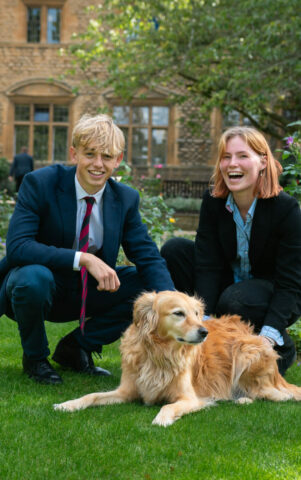 MCS ranks among the top independent secondary schools, and in 2024 was awarded Independent School of the Year for our contribution to social mobility.
MCS ranks among the top independent secondary schools, and in 2024 was awarded Independent School of the Year for our contribution to social mobility.

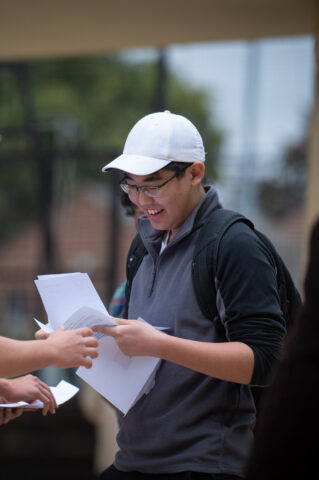 28 of our pupils achieved 10 or more 8 or 9 grades in 2024.
28 of our pupils achieved 10 or more 8 or 9 grades in 2024.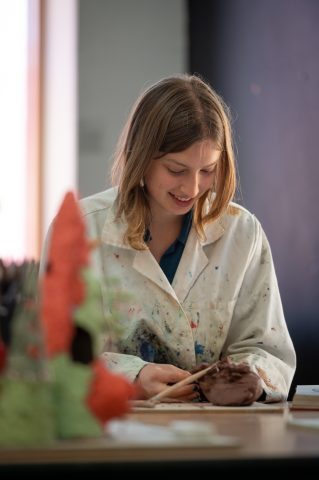
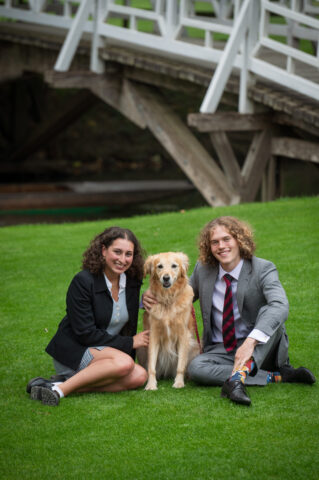 In 2023-24, MCS received over £448,000 in donated funds.
In 2023-24, MCS received over £448,000 in donated funds.